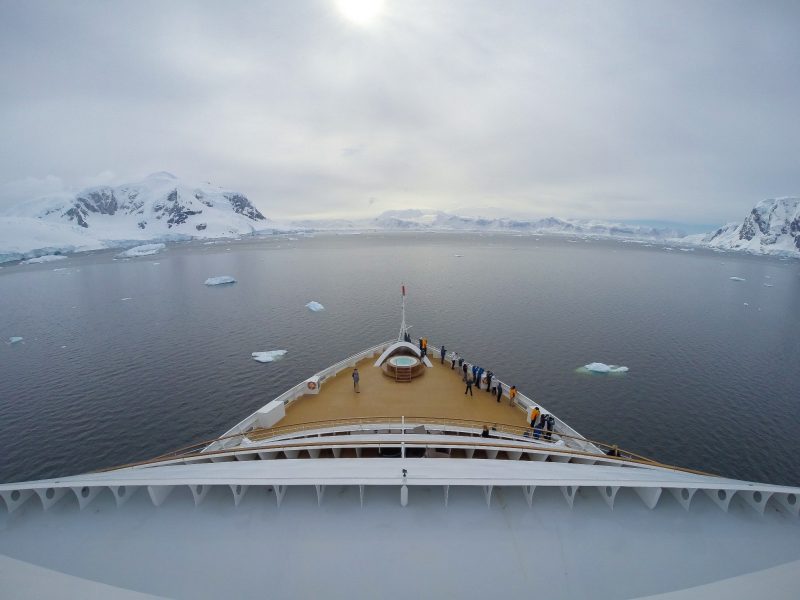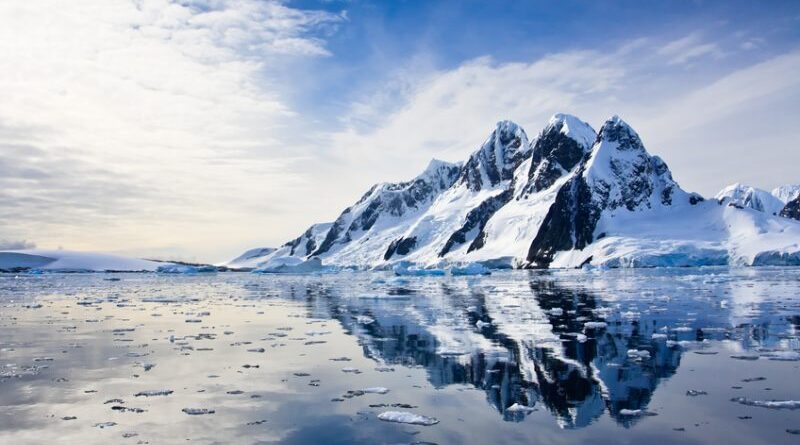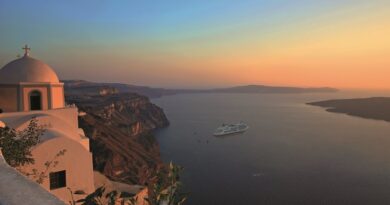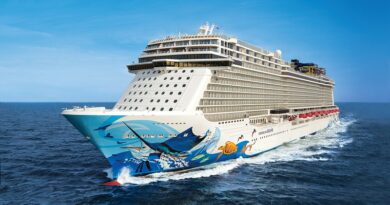The Final Frontier
Next month marks the 100th anniversary of the rescue of Sir Ernest Shackleton and his men from the wilds of Antarctica. Fortunately, whilst the sub-zero continent has barely changed since the Endurance Expedition, the chances of returning home from nature’s final frontier have.
Men wanted for hazardous journey. Small wages. Bitter cold. Long months of complete darkness. Constant danger. Safe return doubtful. Honour and recognition in case of success.
Sir Ernest Shackleton didn’t mince his words when he advertised for a team of men to join him on an expedition which would eventually enter the history books. Fortunately, Antarctica had long aroused the attention of adventurers and Shackleton was inundated with applications. Now, a hundred years since the eager yet ill-fated crew of the Endurance were rescued, cruising to Antarctica continues to pique the interest of many.
Adventure tourism has reached new heights of popularity in recent years, with figures indicating that exploration travel is tourism’s fastest growing sector. If you think this means that Antarctica’s penguin-strewn sands are full to breaking point, think again; according to the International Association of Antarctica Tour Operators (IAATO), just 38,478 people visited the vast white continent last year. Take into consideration that the number of people cruising each year now totals well over 20 million, and it becomes apparent just how fortunate the few who experience a once-in-a-lifetime cruise to Antarctica really are.

The Wilder Life
Penguins rule supreme in Antarctica, their icy court headed by the majestic Emperor penguin. An IAATO ruling states that you must stay at least five metres away from any wildlife you encounter in the Antarctic, something that is easier said than done when you consider the sheer number of penguins here; 17 breeds in total, including the Adélie, Chinstrap, Gentoo and the aforementioned Emperor. Due to a lack of land predators, penguins aren’t the only birds that thrive here; petrel colonies blanket clifftops and albatrosses soar above your ship as they head back to the grasslands with their catch of the day. Seal breeds including Leopard, Weddell and Crabeater govern the land closer to the shore, whilst the true giants of the sea join the ship in disturbing Antarctica’s inky black waters; Humpback, Minke and Blue whales are just some of those that are likely to make an appearance.
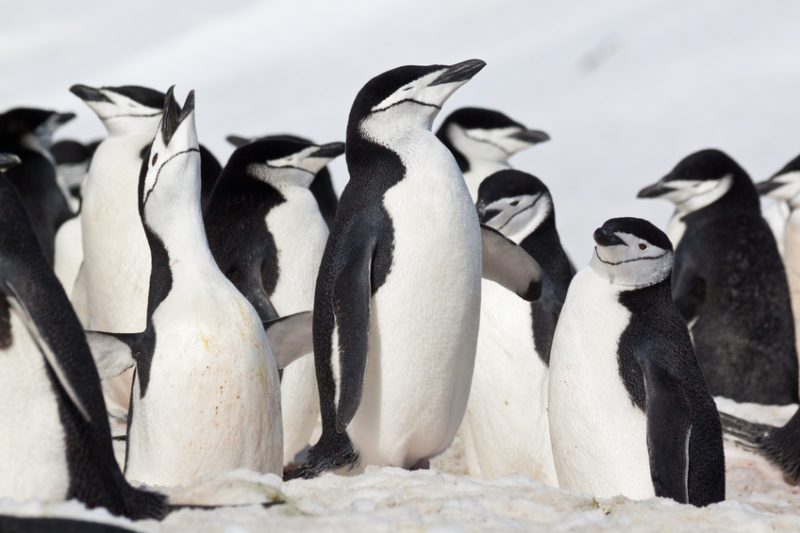
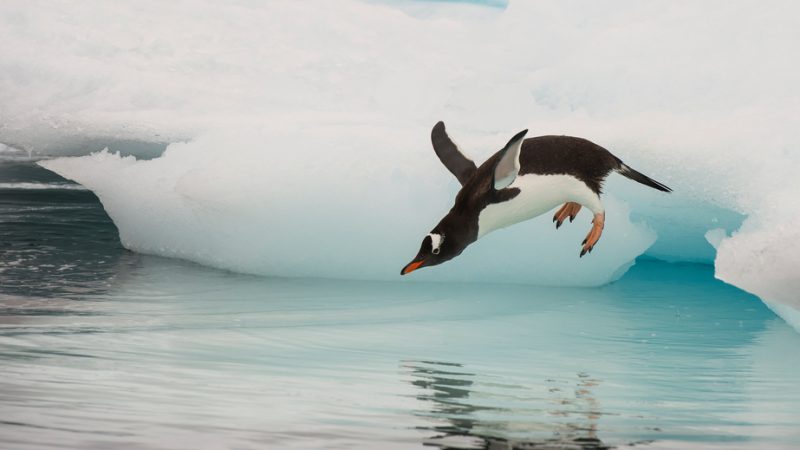
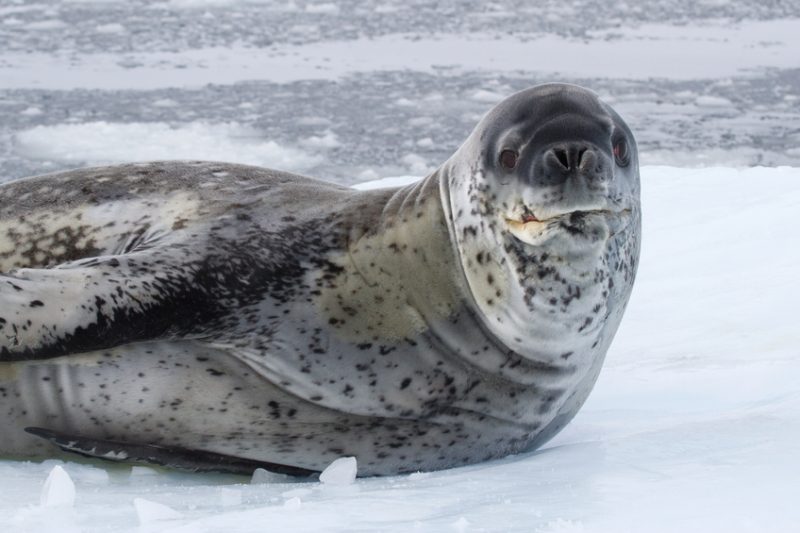
Without A Trace
Like exploration cruises to the continent, general tourism in Antarctica is also relatively new, having only existed legitimately for the last 50 years. Of course, exposing the world’s most pristine environment to outsiders is something that must be properly governed in order to maintain the delicate ecosystem, which is why the International Association of Antarctica Tour Operators (IAATO) has overseen responsible travel to Antarctica since 1991.
Under the guidelines of the IAATO, cruise lines must carry less than 500 passengers in order to make landings on the continent’s shores and stringent rules stipulate that no more than 100 people may land from a vessel at any one time. The ruling, whilst designed to maintain the environment and ensure zero disturbance to wildlife, also means you’ll never encounter anything that even slightly resembles a crowd. Furthermore, the ruling that a 1:20 guide to passenger ratio must be adhered to at all times during landings means that you are guaranteed the undivided attention of some of the most knowledgeable biologists, naturalists and expedition leaders in the world.
Going ashore in Antarctica differs enormously to being ‘in port’ in the traditional sense of the word. This is adventure cruising and you are merely a captivated guest of Mother Nature. A guest whose boots must be washed and re-washed to protect the ecosystem from harmful bacteria and one whose suitcases should be crammed with layers that defy the cold of the Arctic wilds. And as tempting as it may be to pocket that pebble as a souvenir of the time you braved the final frontier, doing so is forbidden; every stick and stone plays its part in Antarctica.
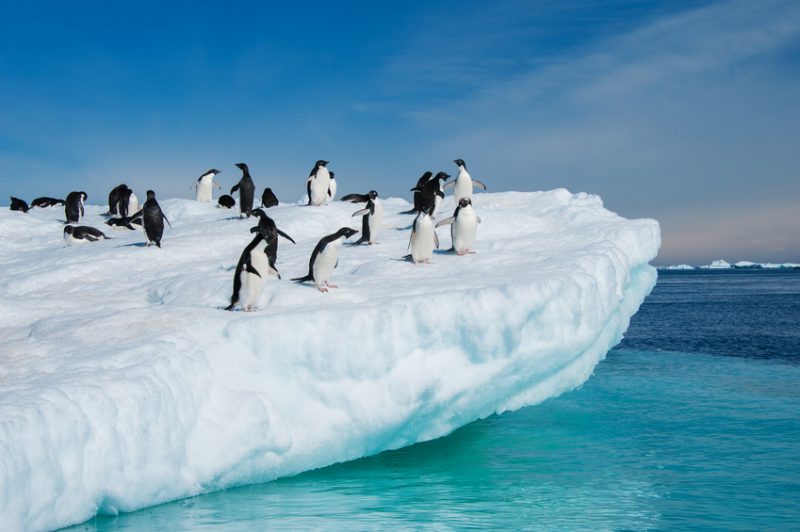
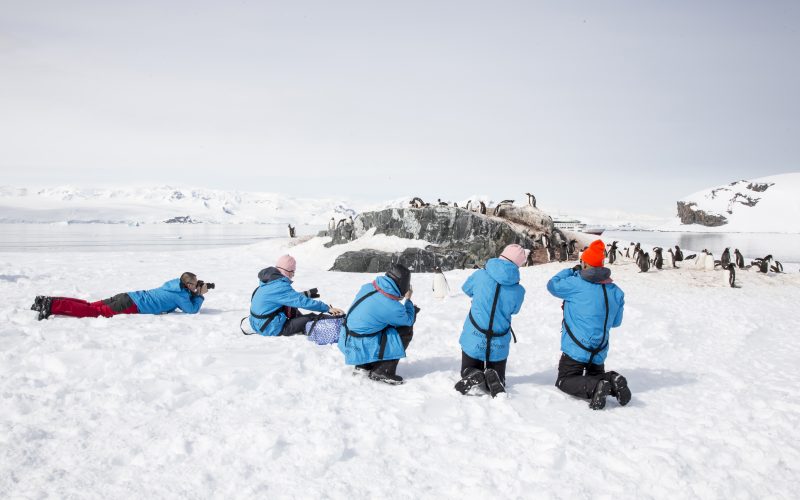
Expedition Leaders
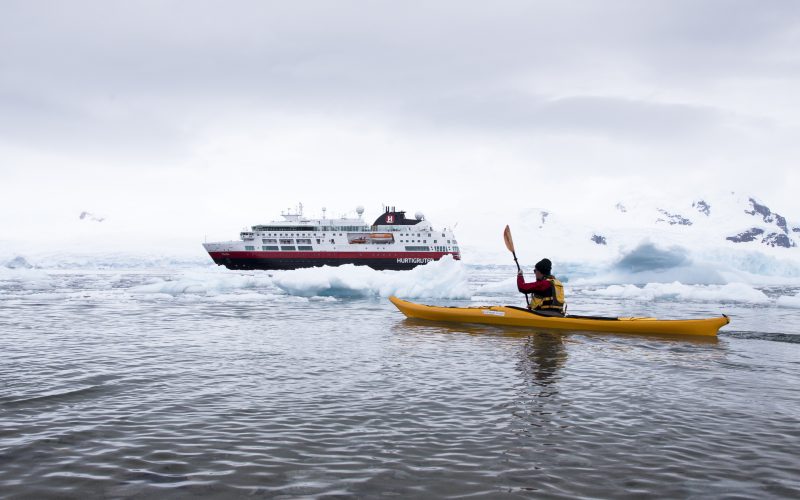
Hurtigruten offers two ways to explore Antarctica. The MS Midnatsol calls at ports in Chile and Patagonia, before visiting Cape Horn and ultimately Antarctica. The ship is perfect for those who prefer their adventure cruising with a side of home comforts, with facilities including a couple of bars, a café, a separate a la carte restaurant and a two-tiered Panorama Lounge. By contrast, the MS Fram is an expedition ship through and through, following in the footsteps of its iconic predecessor of the same name as it ventures straight to Antarctica’s lesser-visited landing sites. The vessel is one of the most technological in Antarctic waters and is considered more of an ‘expedition base camp’ than a cruise ship.
Hurtigruten will further bolster their Antarctic contingent with the launch of two new exploration ships – one in summer 2018 and another in summer 2019 – both of which have been designed specifically for voyages in the Arctic and Antarctic regions.
For those who are keen to embark on the adventure of a lifetime, but who are reluctant to compromise on the luxury element of cruising, Seabourn’s six-star Antarctic experience takes some beating. Seabourn Quest was remodelled in 2013 for the launch of Seabourn’s Patagonia and Antarctica debut, and whilst its marina may have made way for the storage of zodiacs, all of the other Seabourn signatures remain, from the complimentary embroidered parka jackets, to the award-winning cuisine and the inclusive ‘Ventures by Seabourn’ tours that are available on each landing. If you’re looking to raise a champagne toast after a day of Antarctic adventures, this is your ship.
